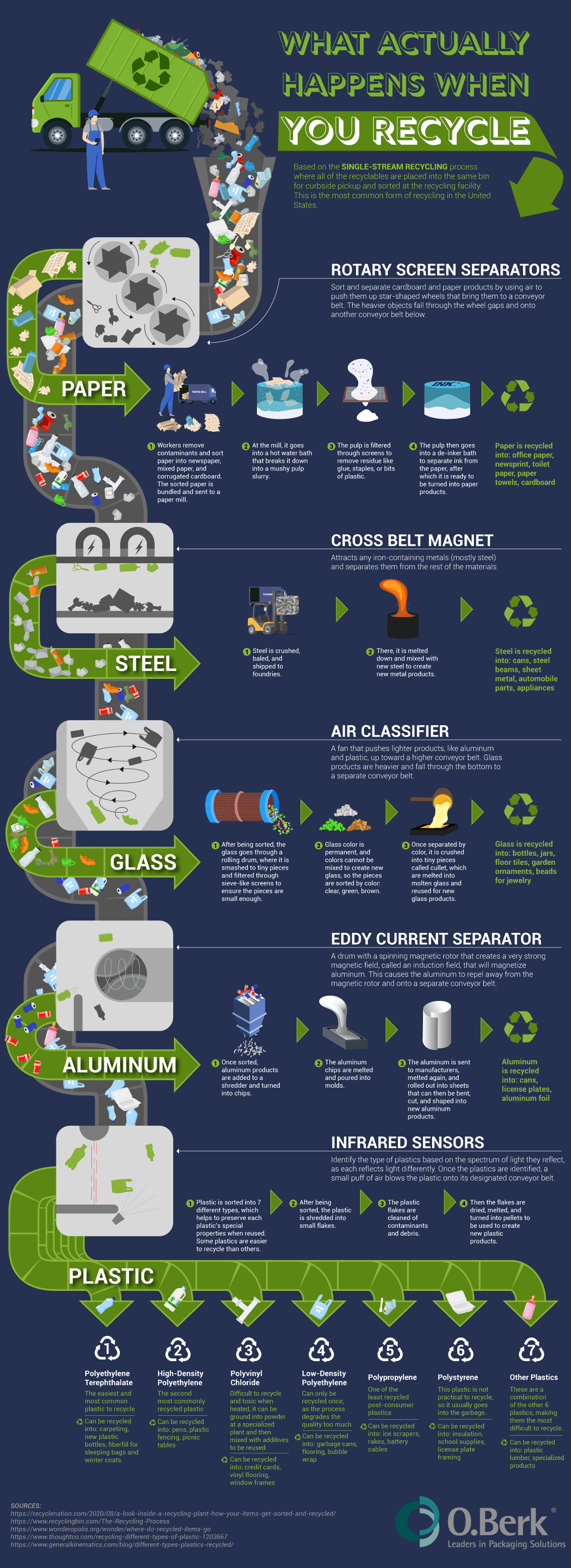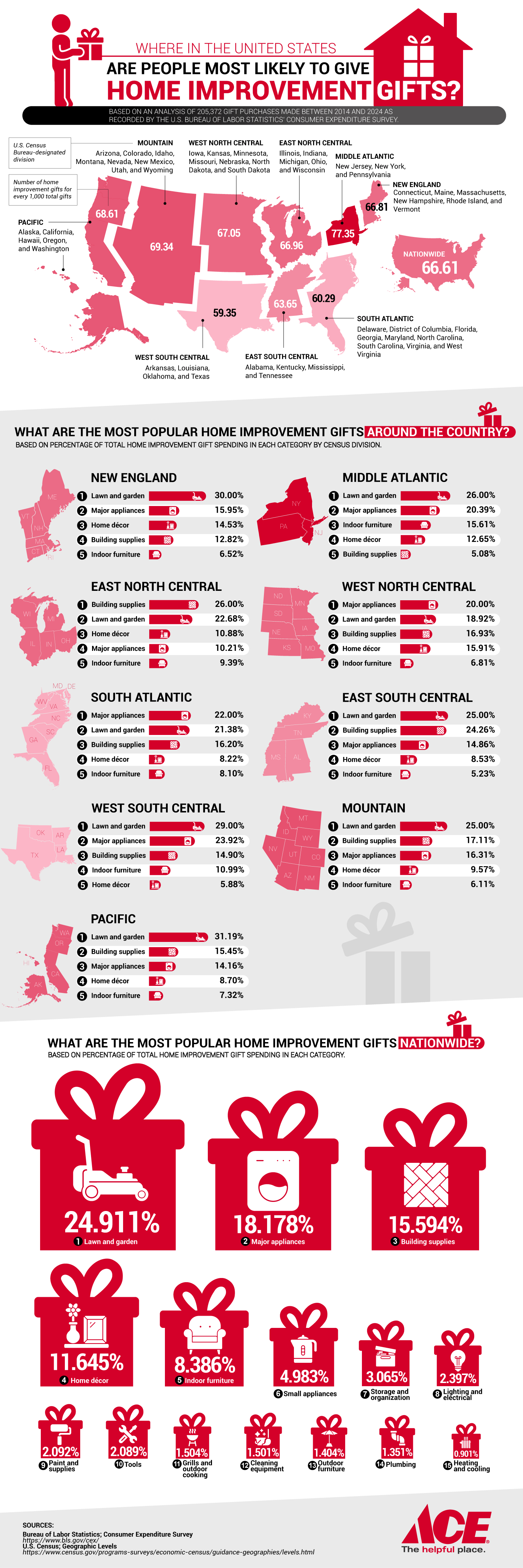Misc Visuals
What Really Happens When You Recycle?
Most of us do our best to recycle when we can. From cardboard boxes to plastic drink containers, doing our part to recycle reduces waste and helps protect our planet. Is what we’re doing enough to offset the impact of wasteful materials on the environment? And how does single-stream recycling really work?
The visualization below created by O.Berk outlines what happens after you put paper, plastic, aluminum, and steel in the recycling bin.
Click below to zoom
The graphic utilizes a flow chart to visualize how different materials are recycled based on a single-stream recycling process, which is where recyclables of all different types are placed in the same bin and sorted later at the facility. There are a number of processes that help sort materials at the recycling center:
-
- Rotary screen separators help to sort paper products by pushing them up to wheels with air. The paper products stay up while the heavier objects fall to another conveyor belt underneath.
-
- Cross belt magnets attract steel and other iron-containing metals to separate them from the rest.
-
- Air classifiers are fans that push light products (such as plastic and aluminum) towards a conveyor belt above. Glass products fall to a conveyor belt below where they are then recycled.
-
- Eddy current separators are spinning drums that create magnetic field that helps magnetize aluminum and push it towards a conveyor belt.
-
- Infrared sensors use light reflection to determine different types of plastics. Then, a puff of air helps push them onto the correct conveyor belt based on the number indicated on the product.
Misc Visuals
Study Examines Cord-Cutting Statistics
A new article from Ooma examines the facts surrounding Americans’ decision to abandon cable television and landline phones in favor of Internet-based and wireless alternatives. This study illustrates a changing landscape in how people connect with one another and consume media. The piece includes a colorful list of 30 key statistics that illustrate the technological revolutions and cultural shifts shaping the world of communications and entertainment.
Click below to zoom.
One of the most striking findings is the decline in landline phones. These were once a staple found in nearly every American home, but landlines are disappearing. By the end of 2024, only 1% of adults had a landline in their home. That’s 78.7% of adults and 86.9% of children living in a wireless-only household. They have cut the telephone cord and rely on cell service and Internet-based calls.
The article provides evidence that traditional cable TV is in trouble as well. As of 2025, 56 million households, or 45%, had cut the cord, meaning they no longer use cable, satellite, or traditional paid TV services. An additional 12% of American households are “cord-nevers,” meaning they’ve never had these services to begin with. That means over half of Americans don’t use cable.
Swaths of users are cutting the cable cord. 5.7 million cable subscribers canceled their TV services in 2024. Their main motivator was the cost of cable. 73% of cord-cutters said cable is too expensive to continue. Six of the nine major cable companies have increased their broadcast fees by 12.8% on average, which adds around $21.48 to monthly bills. Cord-cutters save about $1,000 each year by canceling cable and satellite services and sticking with broadband.
So, what replaced these cable services? Over half of Americans say they watch streaming services. 65% of these users say they’re very likely to continue using streaming services next year. The top streamer is Netflix. 72% of Americans say they’ve watched Netflix content, followed by Amazon Prime Video at 67%, then Hulu at 52%. Industry data reports that streaming surpassed cable and broadcast viewership in 2025.
This shift isn’t isolated to Ooma’s data alone. According to Nielsen’s media consumption report, streaming services accounted for 44.8% of total U.S. television usage. This surpassed combined broadcast and cable television viewing for the first time in 2025, clearly marking a definitive shift in viewer preferences toward digital platforms.
Taken together, these statistics show a clear trend toward Americans valuing the flexibility, cost savings, and on-demand access of streaming over traditional cable and communication systems. Landlines and cable are on their way to becoming relics of the past, replaced by modern wireless services and Internet streaming that better fit modern budgets and lifestyles. Advancing technology and better broadband access will likely continue to shape how households connect, entertain themselves, and make decisions about spending on phones and entertainment.
Charts
The Home Improvement Projects with the Strongest ROI
Deciding which home improvement projects are worth your time and money can yield big payoffs. Whether you think you’ll sell yourself soon or want to increase your comfort and value, you can use this new study from Ace Handyman Services to decide which projects to tackle. Their article “Which Handyman Home Improvement Projects have the Biggest ROI?” pinpoints the upgrades and repairs that will give you the greatest return on investment.
Click below to zoom.
The study focuses on cost-effective projects that offer a tangible increase in home value. These projects will improve the home’s functionality and make it look more cared for. Both qualities are appealing to potential buyers. Some of the top upgrades the team lists are garage door replacement, new entry doors, refinishing floors, fixing siding, and painting the walls. Landscaping and proper lawn care also go a long way toward increasing curb appeal. Nationwide surveys show that simple cosmetic upgrades can add over 100% of the project’s cost to the home’s value. This is particularly true if you paint in neutral or modern colors.
Experts also point to kitchen and bathroom improvements as good, modest cost investments. Replacing fixtures and cabinets can make a big difference. National data points to small-scale kitchen remodels recouping 80% to 96% of their costs, which is a much better ROI than big, expensive remodeling overhauls. We see in the team’s data that flooring and exterior upgrades also have a major impact. Well-maintained and upgraded floors are often worth more than the cost to do the project. New hardwood floors or sanding and refinishing floors add around $5,000 of resale value. A lawn care service has an enormous ROI of 217%, underscoring the massive impact of curb appeal. Upgraded landscaping can add $9,000 in value, and even simple landscape lighting can add around $4,000. You could also consider adding an outdoor fire feature, which would add $5,000 in value.
Overall, these projects had the highest ROI:
- Replacing the garage door
- Standard lawn care service
- Replace the entry door
- Install manufactured stone veneer
- Sand and refinish hardwood floors
- Install new hardwood floors
- Replace siding
- Paint interior
- Landscape maintenance
- Upgrade the landscape
The biggest message the team’s study underscores is that handyman projects can outperform big remodels and renovations in terms of increased home value. These handyman-friendly projects that the average DIYer can achieve represent a balance of cost-effectiveness, value impact, and everyday comfort enhancement. Always lean toward adding visual appeal and increasing functionality when deciding on ways to improve your home. The projects on this list will help you make a more beautiful, comfortable home without breaking your back. Whether you hire a handyman service or take on the project yourself, these projects are within your grasp and will give you a solid return on the investment.
Charts
The States Where Americans Give Hardware and Home Improvement Gifts
As the holidays approach, American families are thinking about gift-giving, and a trend stands out: Americans are giving home improvement and hardware items as useful and practical gifts. According to an Ace Hardware analysis of Bureau of Labor Statistics Consumer Expenditure Survey data spanning a decade of gift purchases, some regions are more likely to gift-wrap DIY tools, garden supplies, and appliances.
Click below to zoom.
Home ownership and upkeep are a major part of the American lifestyle. The team’s study found that 79% of homeowners undertake multiple home improvement projects each year, with many completing three or more. Americans spent $526 billion on home improvement in 2024. The number of projects per household has increased from 2.7 in 2015 to 3.4 in 2023. This commitment to home maintenance explains why hardware and home improvement supplies are a reliable gift choice, especially for people who live in older homes or in harsh climates.
According to the team’s study, the highest amount of home improvement gift-giving occurs in the Mid-Atlantic states, particularly New York, New Jersey, and Pennsylvania. In these states, 77.35 home improvement gifts were given out of every 1,000 gifts purchased. This is a higher rate than the national average of 66.61 gifts per 1,000 gifts purchased.
The popularity of home improvement gifts in the Mid-Atlantic is likely due to the region’s older homes. The median age of a New York home is 62, higher than the national home age median of 40 to 41. Older homes need more upkeep, upgrades, and repairs, making home improvement gifts all the more valuable and appreciated. The average age of homeowners in these properties is around 58, suggesting that these older homeowners have more financial stability to invest in larger home improvement projects. Extreme weather in these regions with cold winters and variable seasons necessitates ongoing maintenance.
The team determined the most popular types of home improvement gifts. Here’s how it broke down:
- Lawn and garden supplies – 24.91% of all home improvement gifts
- Major appliances – 18.18% of all home improvement gifts
- Building supplies – 15.59% of all home improvement gifts
- Home décor – 11.65% of all home improvement gifts
- Indoor furniture – 8.39% of all home improvement gifts
- Small appliances – 4.98% of all home improvement gifts
- Storage/organization items – 3.07% of all home improvement gifts
- Lighting/electrical supplies – 2.40% of all home improvement gifts
- Paint and painting supplies – 2.09% of all home improvement gifts
- Tools – 2.09% of all home improvement gifts
These numbers show that many Americans consider home improvement gifts to be both functional and meaningful. These gifts contribute to long-term comfort and the value of a home. The numbers might reflect that home improvement gifts are shifting beyond the scope of DIY aficionados to a universally appreciated gift. As homeowners juggle time and effort on the upkeep of their homes, these gifts can make their work easier and their home more enjoyable. Home improvement items are likely to remain a major aspect of holiday gift-giving.
-

 Business Visualizations1 year ago
Business Visualizations1 year agoEverything Owned by Apple
-

 Business Visualizations1 year ago
Business Visualizations1 year agoAmerica’s Most Valuable Companies Ranked by Profit per Employee
-
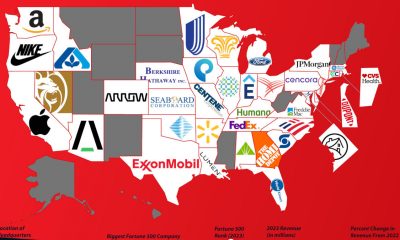
 Business Visualizations11 months ago
Business Visualizations11 months agoThe Biggest Fortune 500 Company in Every State
-
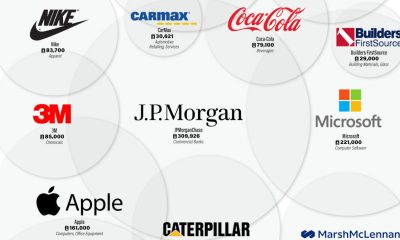
 Business Visualizations8 months ago
Business Visualizations8 months agoThe Biggest Employers by Industry
-
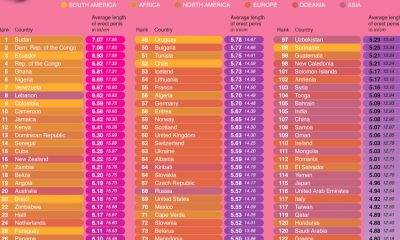
 Maps2 years ago
Maps2 years agoPenis Lengths Around the World
-
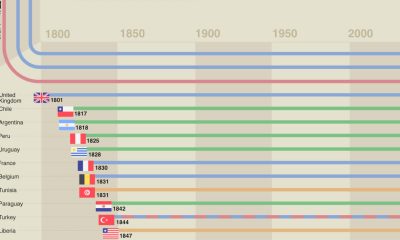
 Timelines2 years ago
Timelines2 years agoA History of the Oldest Flags in the World
-
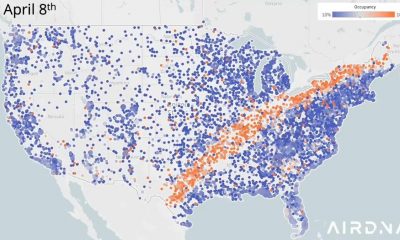
 Business Visualizations2 years ago
Business Visualizations2 years agoNew Animated Map Shows Airbnb’s Fully Booked Cities Along the 2024 Eclipse Path of Totality
-

 Business Visualizations2 years ago
Business Visualizations2 years agoEverything the Luxury Giant LVMH Owns in One Chart

